Best Seasons for Flat Roof Repairs
Flat roof repairs are most effective when performed during specific times of the year that minimize weather-related challenges. The optimal seasons are typically late spring and early summer, when temperatures are moderate and precipitation is less frequent. These conditions allow for proper sealing and curing of repair materials, reducing the risk of further damage.
Late spring offers stable weather conditions, making it ideal for flat roof repairs. Moderate temperatures help ensure adhesive and sealant effectiveness.
Early summer provides warm, dry days that facilitate quick curing of repair materials, reducing downtime and ensuring durability.
Cold temperatures and increased moisture during fall and winter can hinder repair processes and lead to incomplete sealing or further damage.
It's important to avoid repairs during rainy or extremely hot periods, as these conditions can compromise repair quality and longevity.
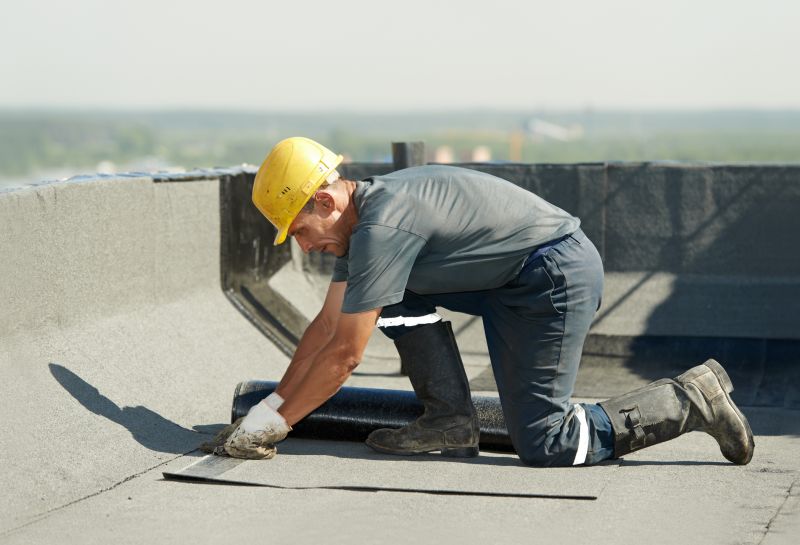
Ways to make Flat Roof Repairs work in tight or awkward layouts.
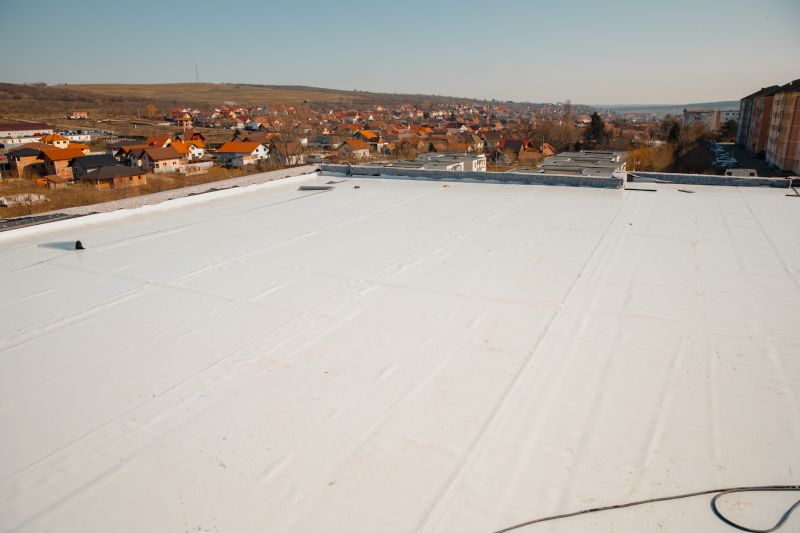
Popular materials for Flat Roof Repairs and why they hold up over time.
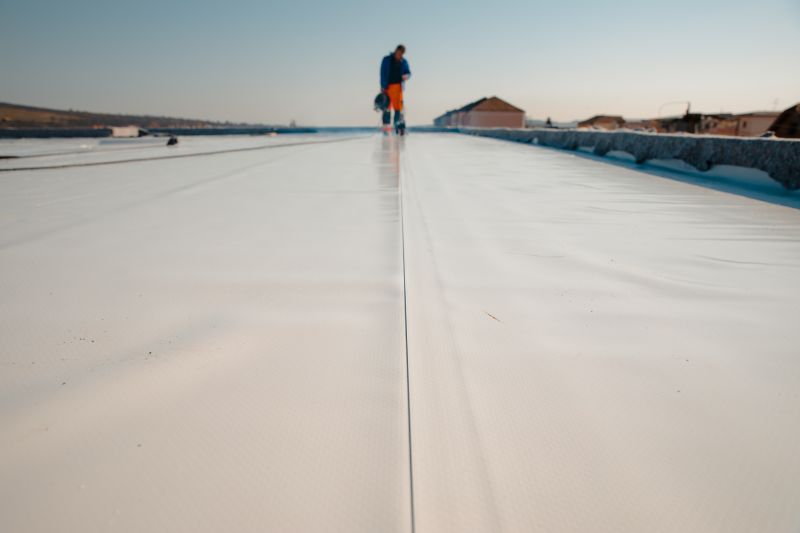
Simple add-ons that improve Flat Roof Repairs without blowing the budget.
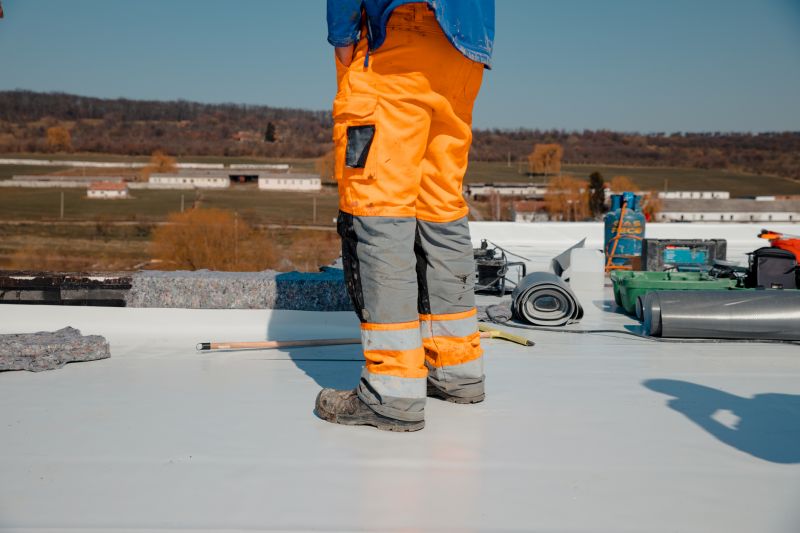
High-end options that actually feel worth it for Flat Roof Repairs.
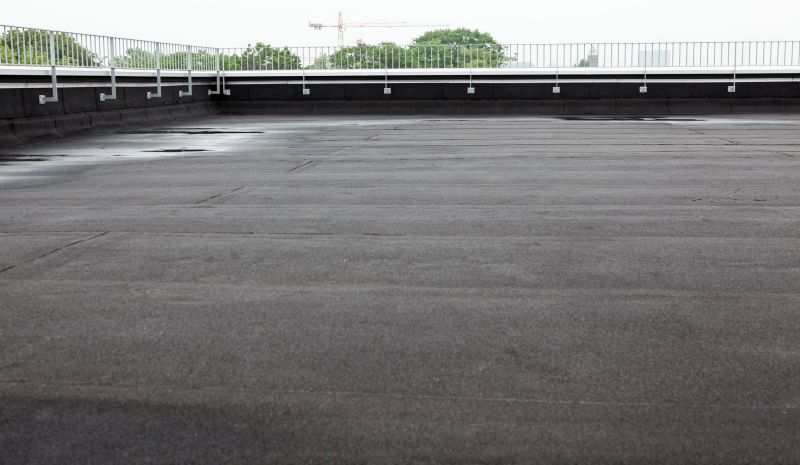
Finishes and colors that play nicely with Flat Roof Repairs.
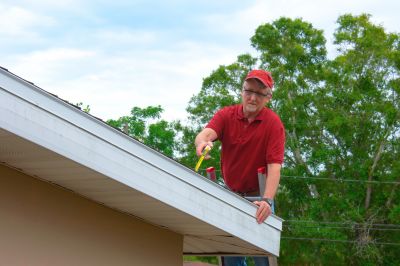
Little measurements that prevent headaches on Flat Roof Repairs day.
Flat roof repairs are essential for maintaining the integrity and longevity of roofing systems. These roofs are particularly susceptible to standing water, membrane punctures, and membrane degradation. Regular inspections and timely repairs can prevent costly damages and structural issues. Statistics indicate that neglecting flat roof maintenance can lead to leaks, mold growth, and structural deterioration, often resulting in significant repair expenses. Properly scheduled repairs, especially during favorable weather conditions, can extend the lifespan of a flat roof by several years.
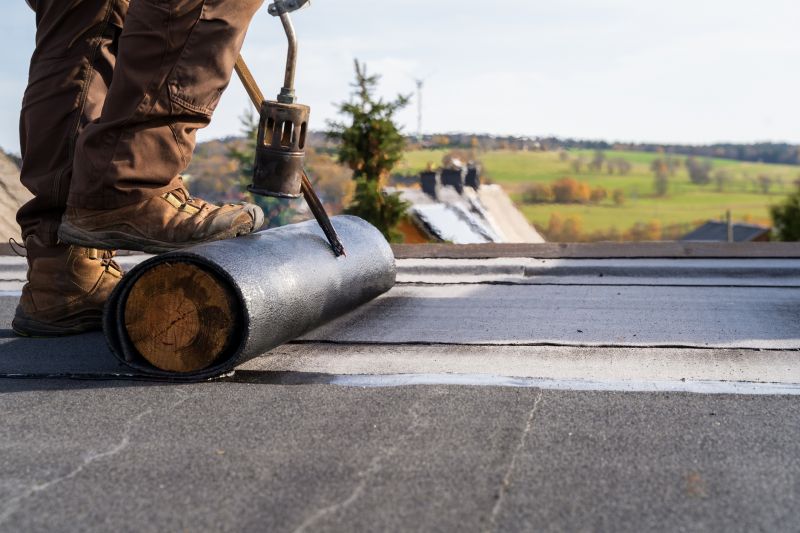
A 60-second routine that keeps Flat Roof Repairs looking new.
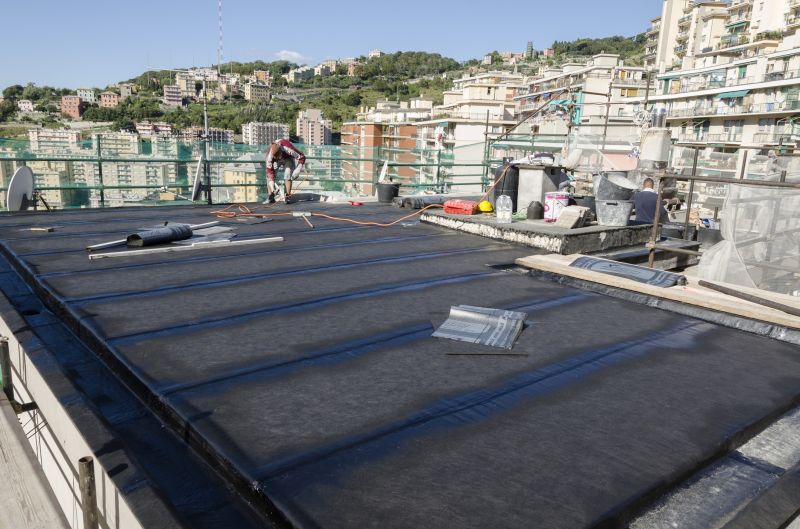
A frequent mistake in Flat Roof Repairs and how to dodge it.
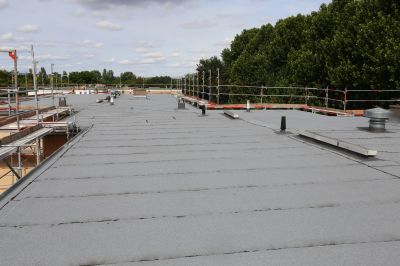
Small tweaks to make Flat Roof Repairs safer and easier to use.
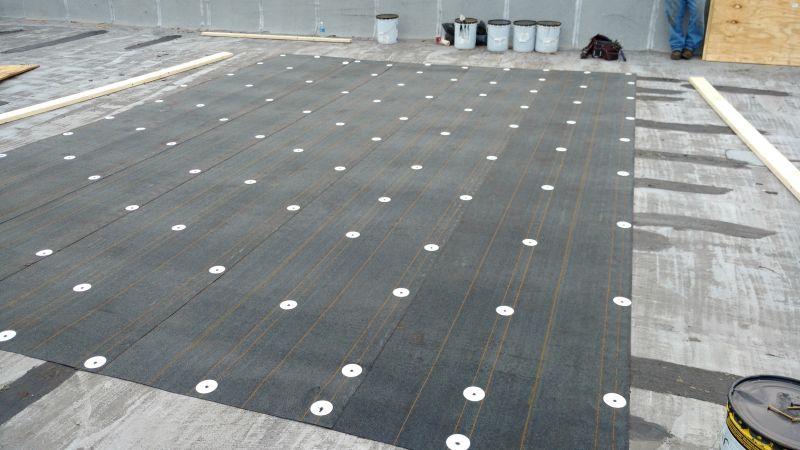
Lower-waste or water-saving choices for Flat Roof Repairs.
| Season | Ideal Conditions |
|---|---|
| Spring | Moderate temperatures, dry weather |
| Summer | Warm, dry days, quick curing |
| Fall | Cooler temperatures, increased moisture |
| Winter | Cold, wet, and prone to frost |
Scheduling flat roof repairs during the appropriate seasons can significantly improve the effectiveness and durability of the work. It is advisable to consult with roofing professionals to determine the best timing based on local climate patterns and specific roof conditions. Proper timing ensures that repair materials adhere correctly and that the roof remains protected from weather-related stressors during the repair process.
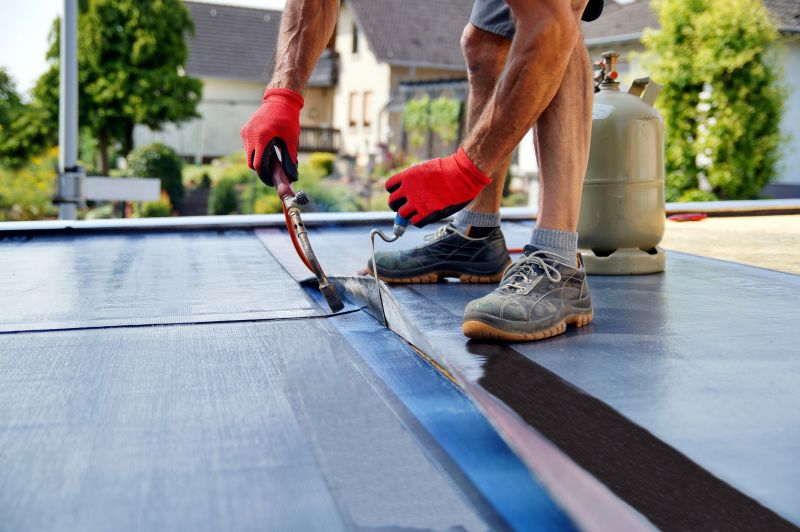
The short, realistic tool list for quality Flat Roof Repairs.
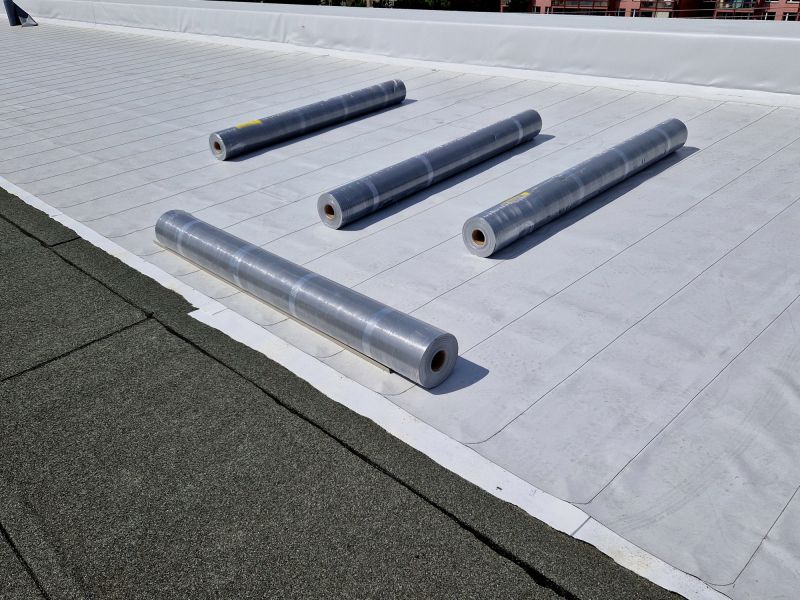
Rough timing from prep to clean-up for Flat Roof Repairs.
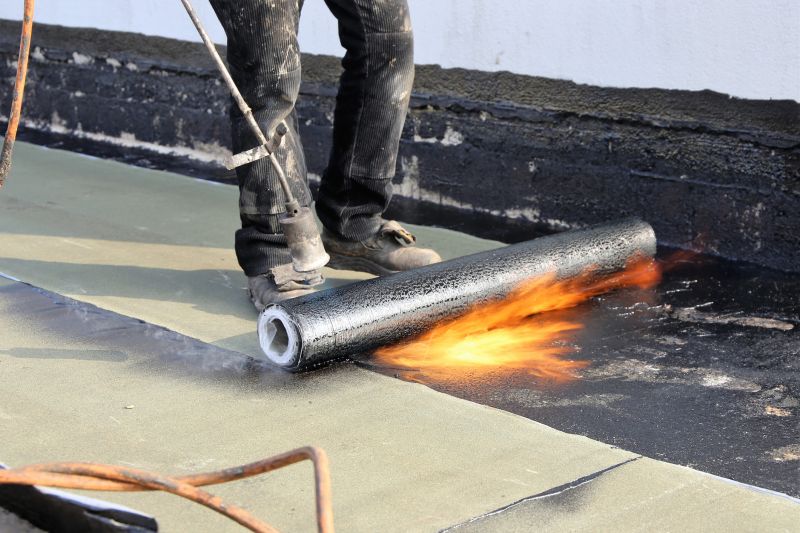
Quick checks and paperwork to keep after Flat Roof Repairs.
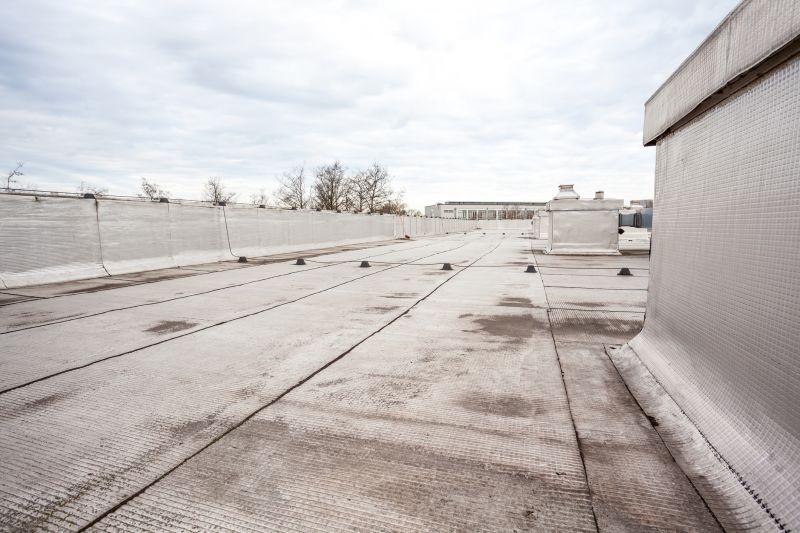
Examples that show the impact a good Flat Roof Repairs can make.
Interested parties are encouraged to contact for further information or to schedule a flat roof inspection and repair. Proper timing and maintenance can help preserve the roof's integrity and avoid costly future repairs.
